Ball spin is clearly one of the most important factors related to ball control in tennis. Putting the correct spin on the ball can increase a shot's margin for error and influence the bounce of the ball.
All tennis shots are made with some ball spin; even "flat" serves and groundstrokes have spin. However, it is the greater amount of spin (1,000 to 4,000 rpm) produced by racket trajectory variations at impact that has the most dramatic effect on ball flight and bounce.
Topspin
Topspin is created by upward motion of the racket through impact. For heavy topspin forehands, the path of the racket through impact is from low to high, usually between 40 and 50 degrees upward. Skilled players may use even steeper racket paths and some small closing of the racket face. Remember that the steeper the racket path, the lower the margin of error in contacting the ball and the less speed or pace the ball will have.
Topspin strokes require greater effort to generate spin than slice strokes because the rotation of the ball must be reversed, so emphasize the use of vigorous upward stroke paths.
Backspin or slice
Slice forehands and backhands are created by downward racket motion through impact. Research has shown that most slice strokes follow a 15- to 30-degree downward (high to low) path, again with only small amounts of opening of the racket face. A steeper downward path and clear open racket face are used for drop shots.
Players should emphasize the "forward" of the forward and down trajectory of slice groundstrokes to maintain stroke speed. The downward trajectory should be emphasized only for the drop shot.
Sidespin
Sideward motion of the racket through impact creates sidespin on the ball. Slice serves and inside-out forehands are good examples of sidespin. Research has shown that in slice serves the racket usually moves forward and to the sideline at 15 to 40 degrees from the center service line.
As the player generates virtually all the sidespin on shots, emphasize the use of high racket speeds to the side through impact to generate speed and ensure adequate ball speed.
Ball flight
The spin of the ball carries a small layer of air near the fuzzy surface of the ball. This rotation creates pressure differences called the "Magnus Effect."
This additional force in the air makes balls curve in the direction of the spin. Topspin strokes curve downward because the front side of the ball is moving downward. Slice backhands have flatter trajectories than topspin because the Magnus force acts upward to reduce the effect of gravity.
Ball bounce
The differences in the speed of the sides of a spinning ball affect the friction force during the bounce on the court.
The effect of spin on the trajectory of the ball tends to dominate the effect of spin on the bounce. Groundstrokes hit with topspin tend to bounce higher than slices because topspin balls curve steeply down toward the court. Slice shots bounce lower than shots with topspin because of the very flat trajectory of these shots. The higher bounce of a drop shot is the only time you see an underspin bounce high because of the trajectory of the shot.


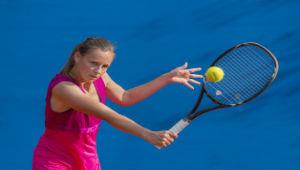
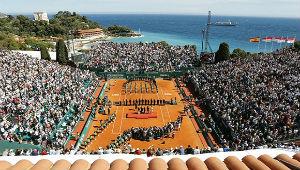
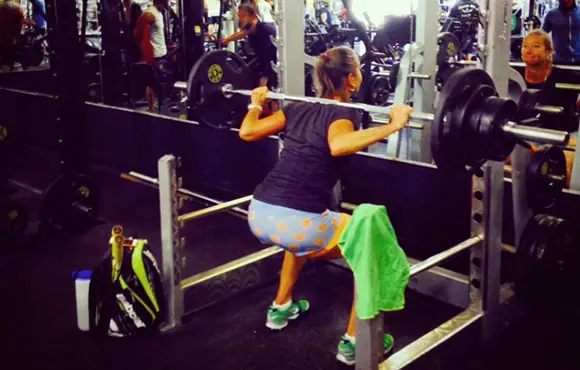

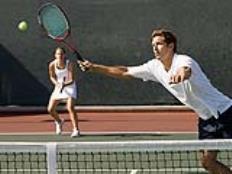

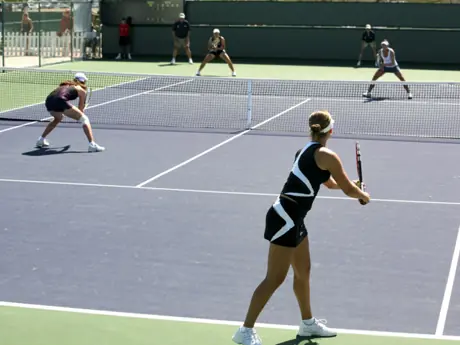
Discuss This Article